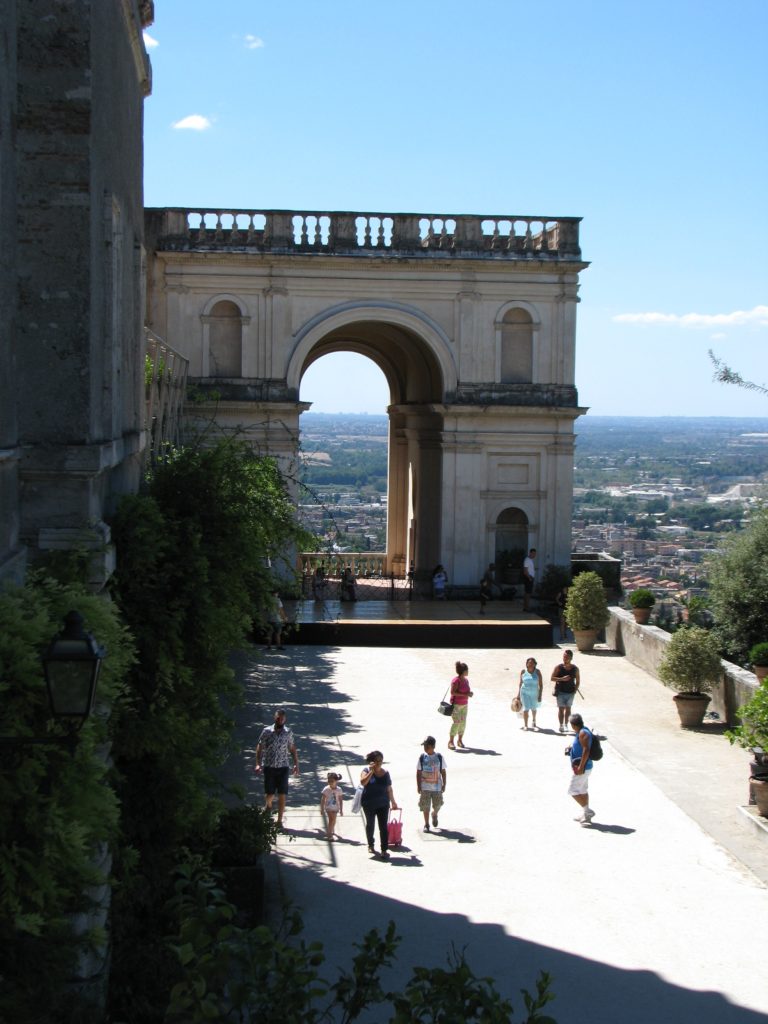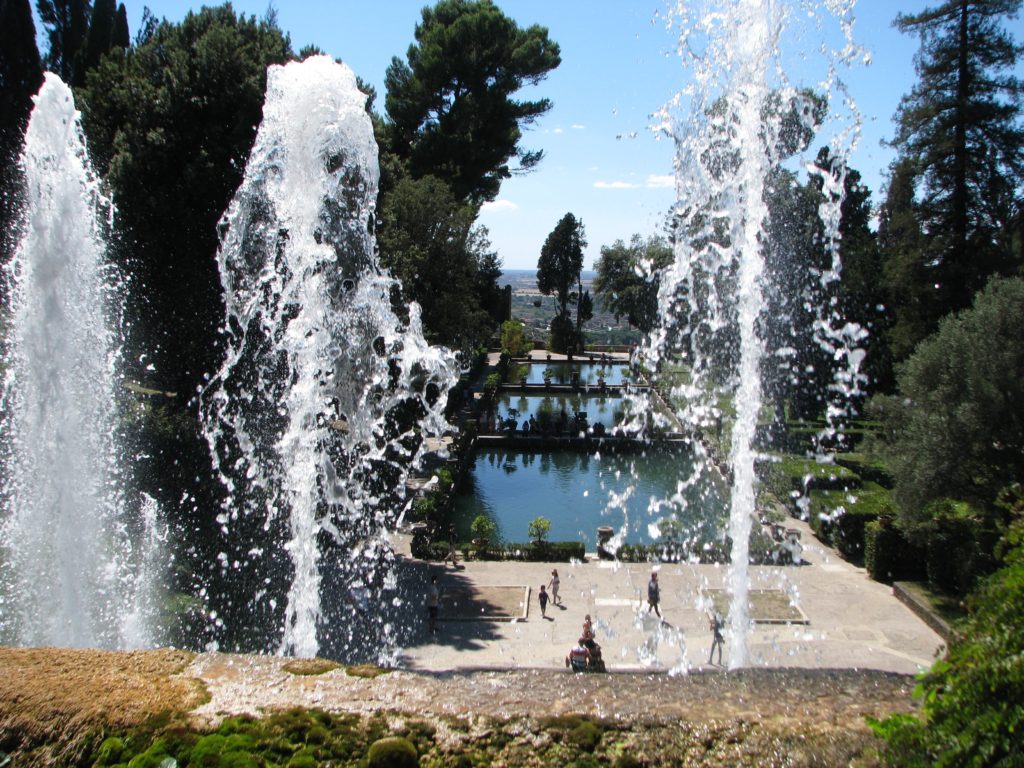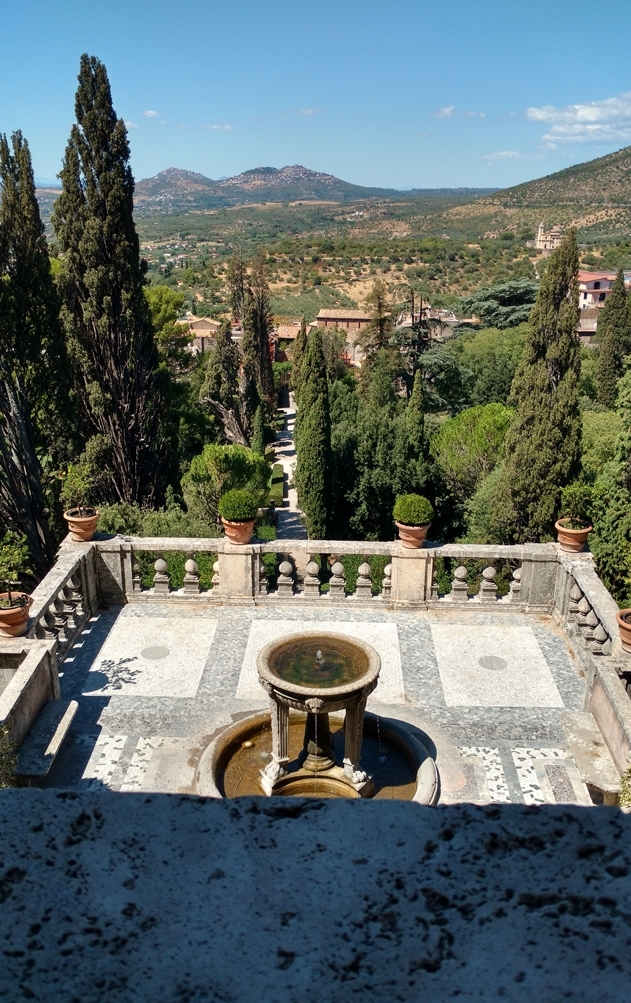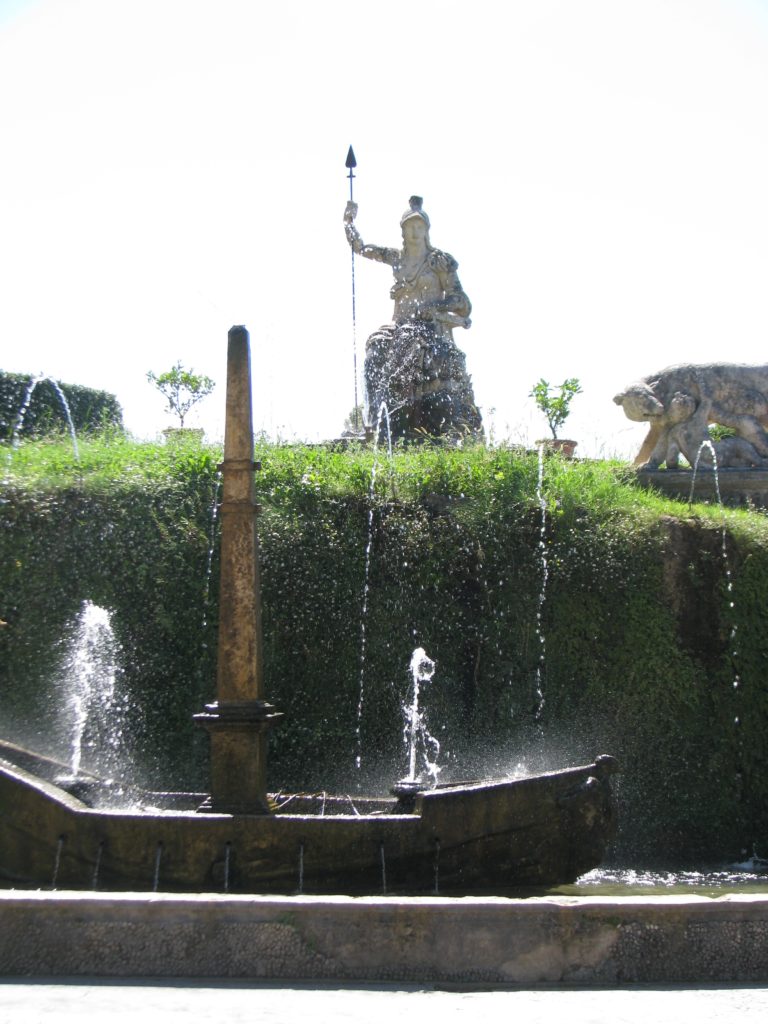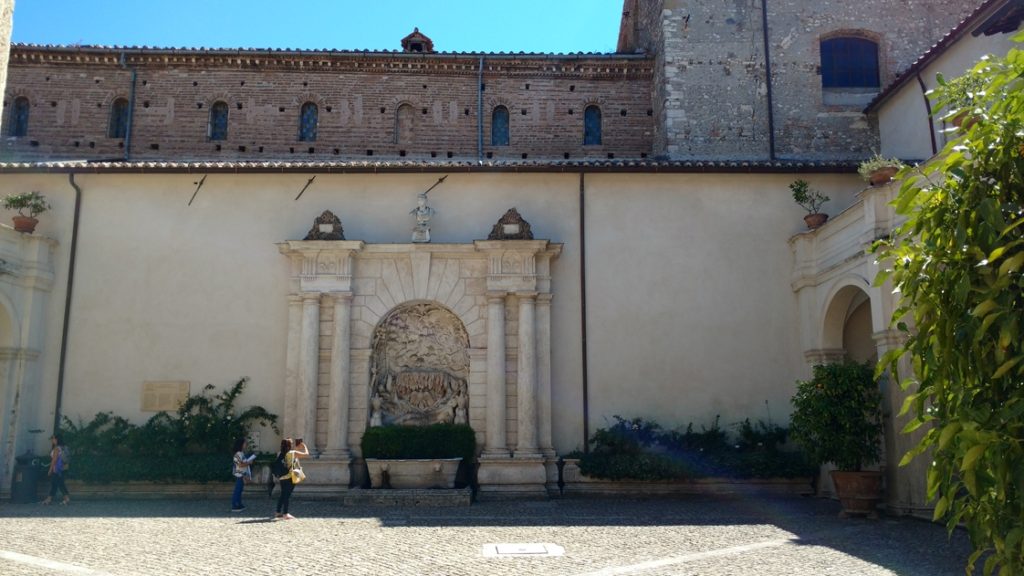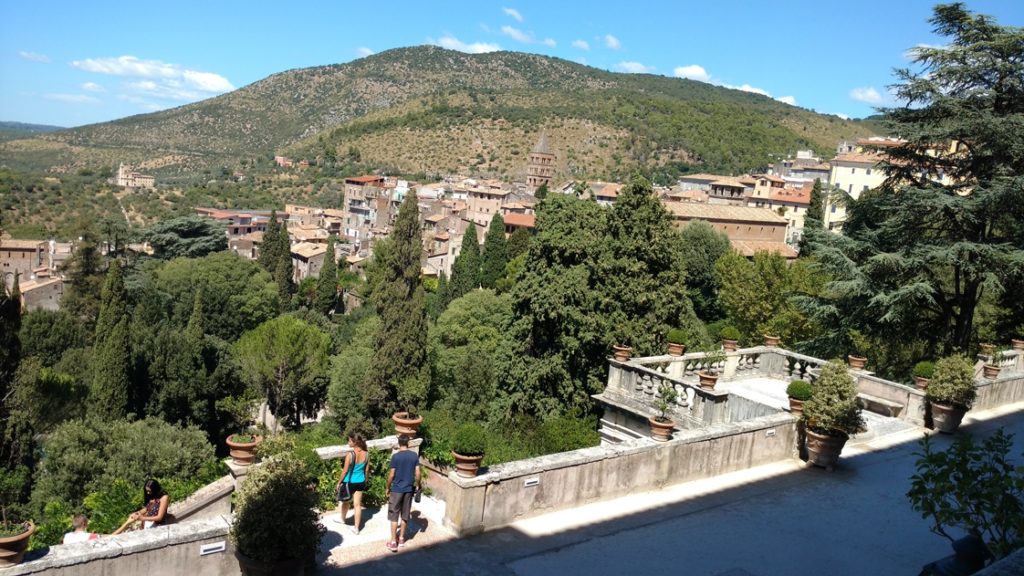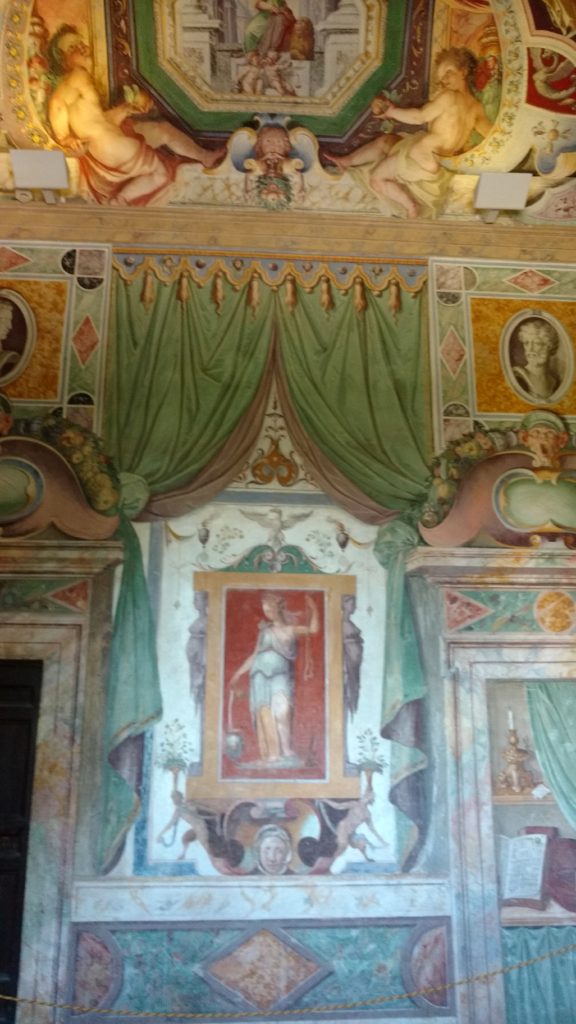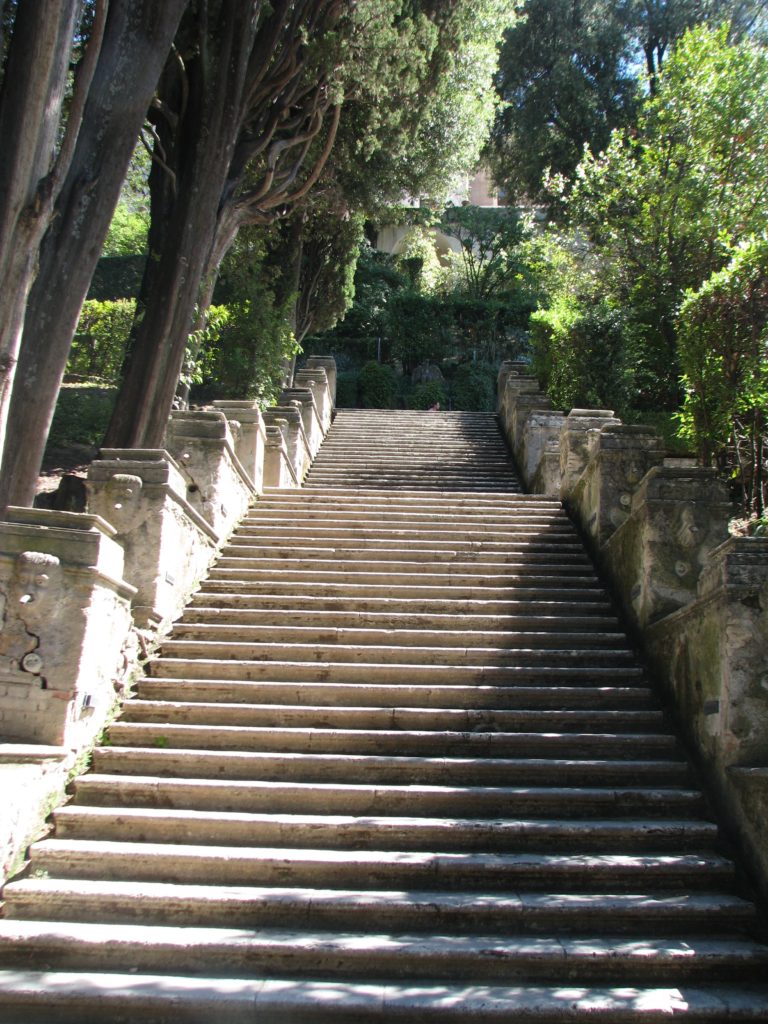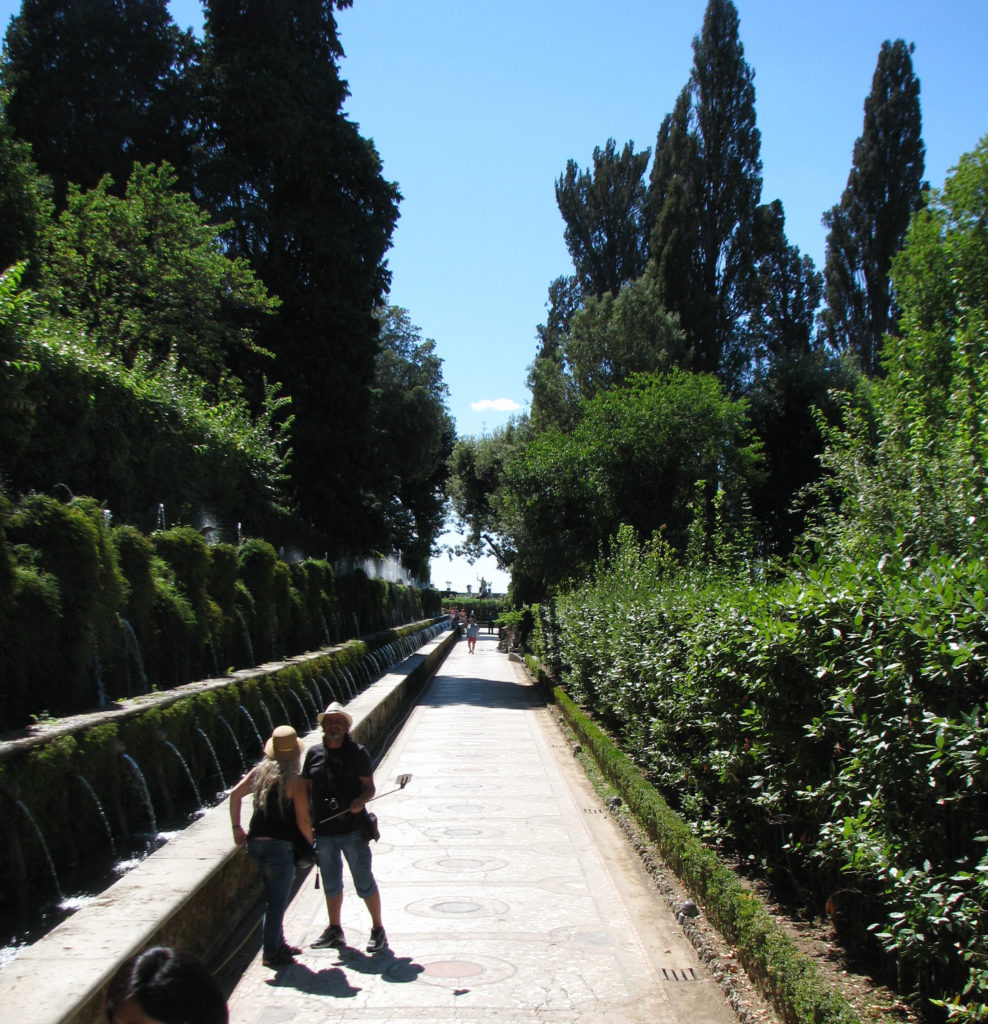People tend to associate Italy with ancient Rome and its crazy emperors, but it goes way beyond that in time. In fact, there is evidence that humans have inhabited this area since prehistoric times (see https://www.britannica.com/topic/ancient-Italic-people and https://www.britannica.com/topic/Villanovan-culture for more information).
The city of Rome has adapted as its nickname Caput Mundi, or “the capital of the world”. It was actually in antiquity the capital of what was then known as the world. This included Europe, Britain, Northern Africa, western Asia, and the Mediterranean Islands. And, yes, one look at a map of Italy and you will see that all roads do lead to Rome.
According to legend, the twin sons of Mars, the god of war, and Rhea, a vestal virgin and daughter of the king of Alba Long, Amulius, were put into a basket and thrown into the Tiber River because the king did not want any successors to the throne. These twins, Romulus and Remus, were then found near a sacred fig tree, the Ficus Ruminalis, by a she-wolf and raised by her, hence the symbol of Rome being the twins suckling a wolf. Later on, the twins were found by a herdsman named Faustulus. They went on to found the city of Rome on the banks of the Tiber River around 753 BC, but Romulus ended up killing Remus and becoming the first king of Rome, which was named after him.
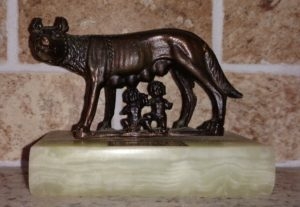
The symbol of Rome – Romulus and Remus suckling on a she-wolf.
Rome went through many transformations, from winning many battles with their ruthless warriors and ruling over a great portion of the ancient world, to creating the most beautiful art masterpieces, and producing some of the most exquisite food.
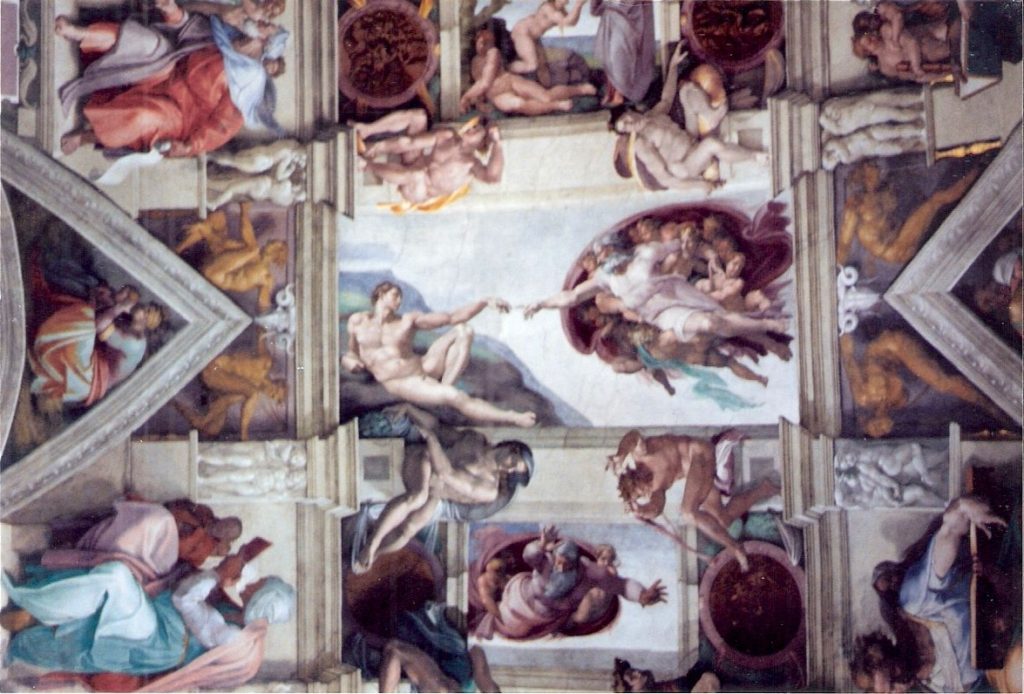
The Sistine Chapel Ceiling
With its concentration of ancient ruins, which are still being excavated by the way, to its many restaurants, museums, and shopping, it is not a place where a visitor can see it all in one vacation, nor a topic that can be summed up in one post or article. I have been there many times and still have not seen everything there is to see in this wondrous city.
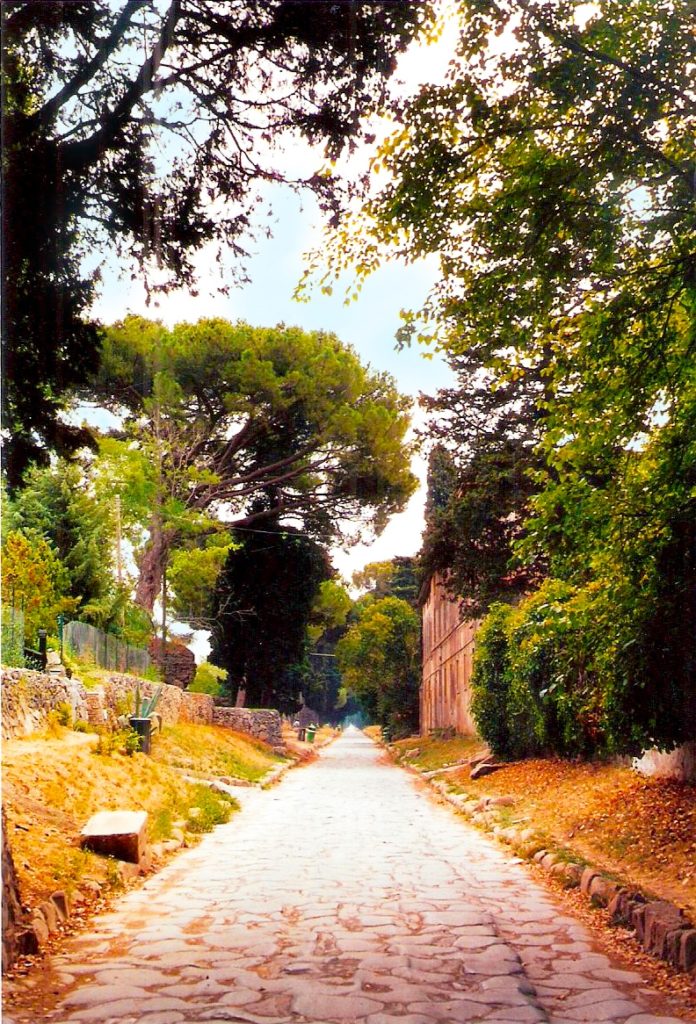
The Ancient Via Appia
I’ve been to many of the ruins, eaten in the finest restaurants, both fancy and mom and pop type eateries. I’ve bought paintings in Piazza Navona, marveled at the ceiling of the Sistine Chapel, even done some shopping, but the place that really stirs my emotions is the Roman Forum. I don’t know what it is about this place but every time I go there I feel as if I’m home. I remember being there a long time ago, on a sunny afternoon in the springtime, feeling the warm breeze blowing through my hair. I was holding a little flower that I had picked up on one the ancient paths I had walked on. I closed my eyes and for a brief moment I was transported back to ancient Rome. I could almost hear the local Romans going about their business, conversations amongst friends, customers bargaining with vendors that had set up shop along the cobblestone street. Is it possible that I’ve lived there in a previous life? Who knows, but it is definitely quite an experience walking on the same paths as the Caesars did.
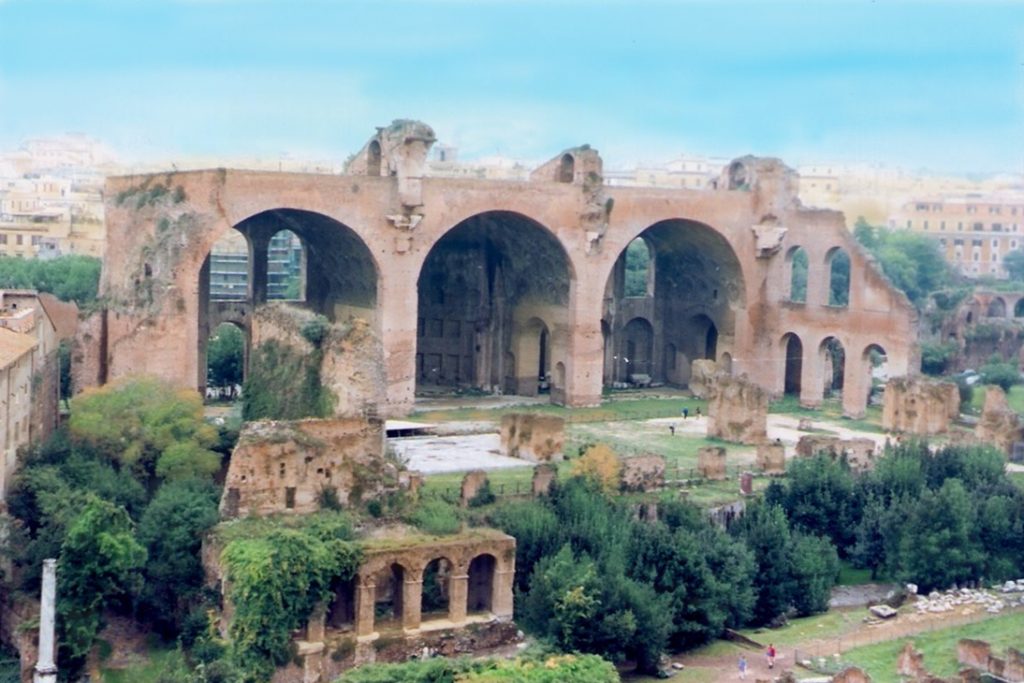
Basilica of Maxentius and Constantine, Roman Forum
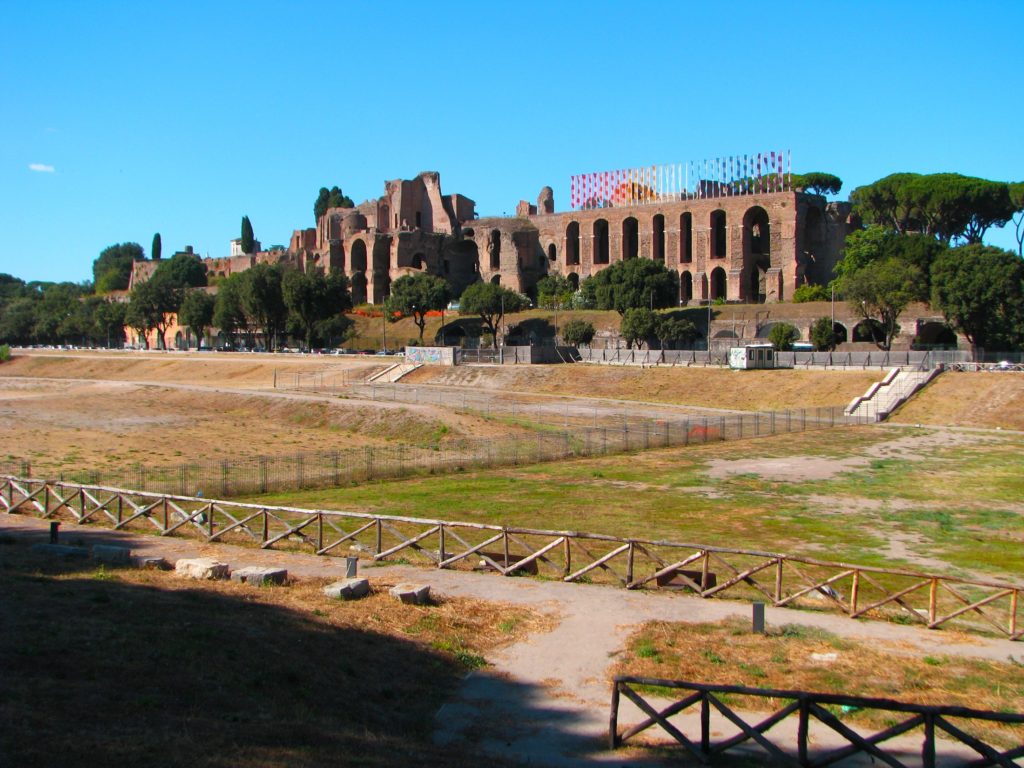
Circus Maximus, the largest ancient Roman racetrack for chariots and other spectacles, where Ben-Hur was filmed and which now hosts concerts.
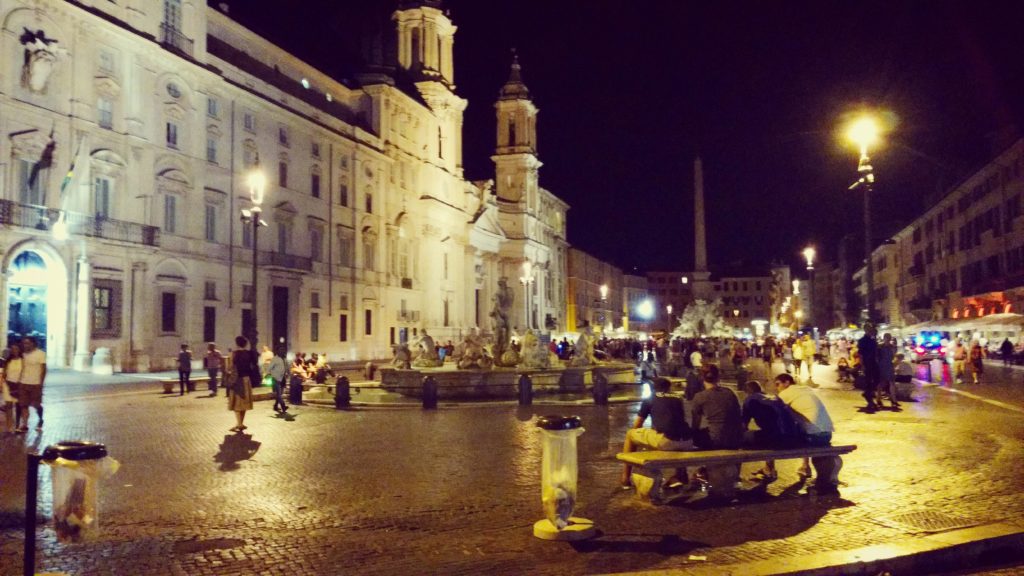
Piazza Navona at night
Join my mailing list so that you can have new posts delivered right to your inbox!
For travel arrangements, go to Travel and Tourism.




